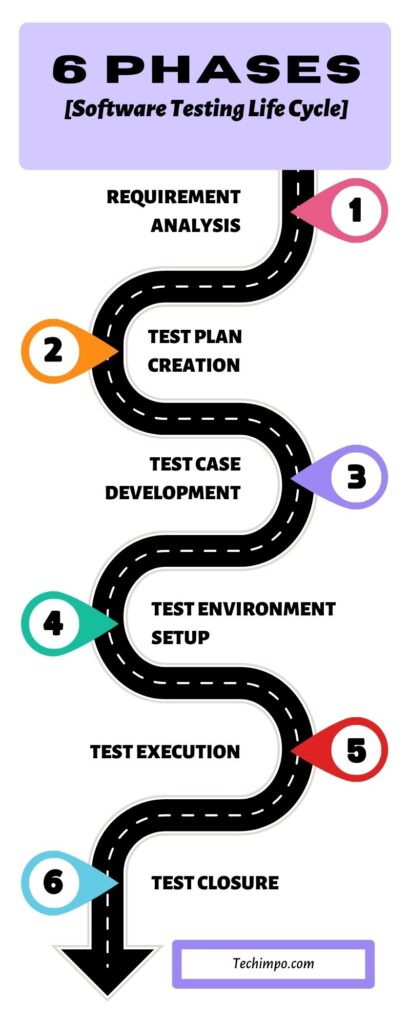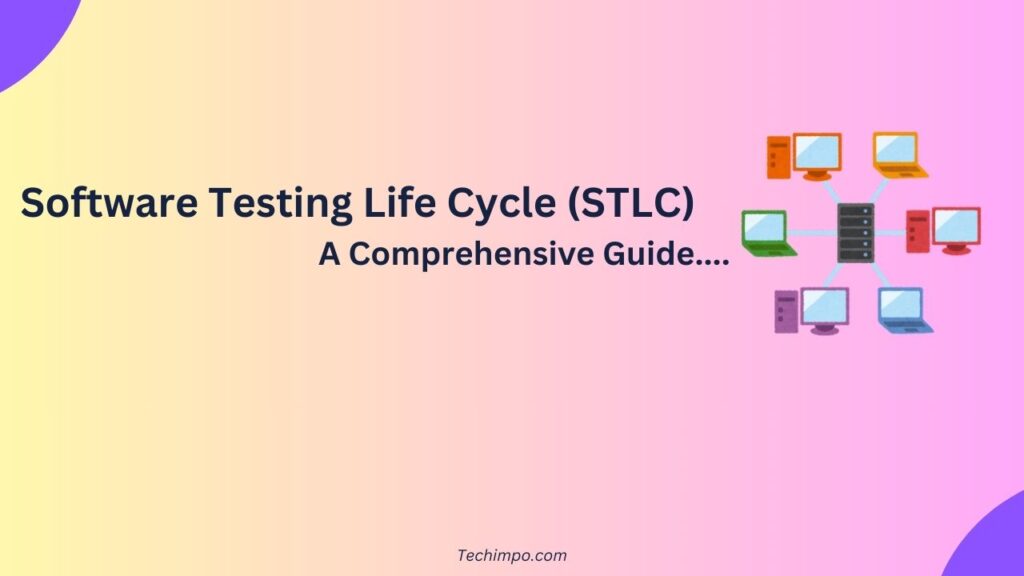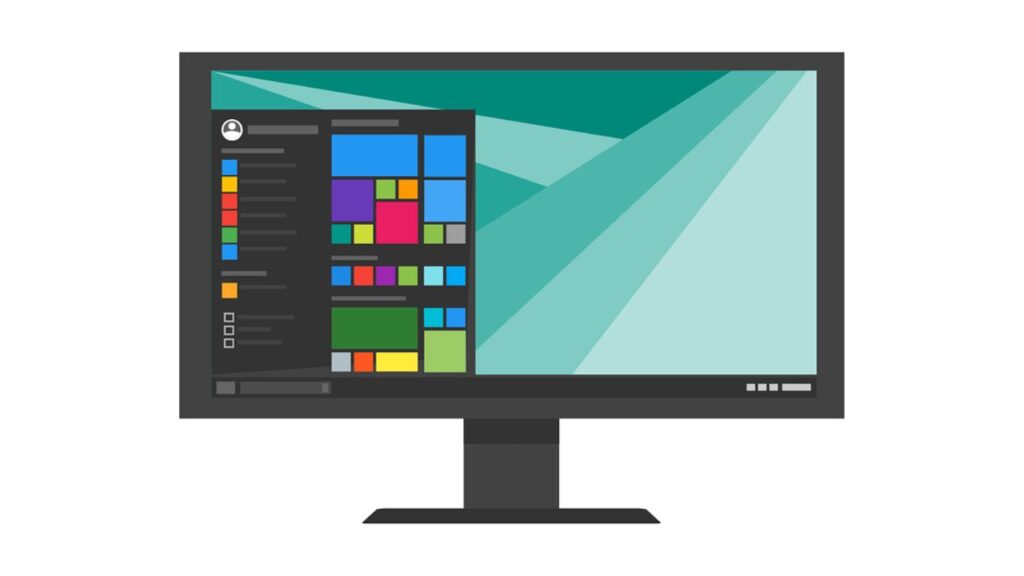Software Testing Life Cycle (STLC) is a systematic testing strategy incorporating multiple phases or steps to test a software application efficiently, ensuring that the software meets the required quality standards.
With the implementation of STLC, the testing team can easily identify and record any issues or defects in the software as early as possible during its development process. Thus issues can be resolved before the software is released.
The Role of Software Testing Life Cycle
As highlighted even above, the primary role of STLC is to maintain the quality of a product by identifying issues in the product and getting them fixed.
Every software or application that’s developed possesses different attributes like performance, reliability, functionality, etc. STLC helps enhance these attributes so that an ideal product can be delivered.
Each feature of the product being developed is tested before the team moves on to adding more features. Thus, it ensures that the requirements of the project are eventually met.
Software Testing Life Cycle Steps/Phases
The STLC has 6 phases or steps. Some of the 6 phases can be executed simultaneously, while others require previous phases to be completed before they can be performed.
Each phase of the cycle has its specific criteria for entry and exit, its associated activities, and also deliverables.
Entry criteria define when a phase starts, whereas the exit criteria define when it ends. Similarly, activities define the actions to be performed and deliverables are meant to define the expected results.
The 6 phases involved in the STLC are as follows:
1) Requirement Analysis
The 1st step in the testing process is to evaluate the received feature requirements to identify the aspects that can be tested. The requirements can be functional/non-functional, and they define the characteristics of the features.
The testing team can also discuss the submitted requirements with the stakeholders if it’s necessary to clarify them.
In addition to analysis of the feature requirements, the team also evaluates the possibility of automating the testing process.
The entry criteria for this phase will encompass documented requirements, planned application architecture, and well-defined acceptance criteria.
The exit criteria for the requirement analysis phase, on the other hand, will involve an approved RTM (requirement traceability matrix) and a report for automation feasibility.

2) Test Plan Creation
The second phase in the list of the software testing life cycle phases is to document the testing strategy in the form of a test plan. The strategy includes:
- Needed tools
- Roles & responsibilities
- Cost and risk analysis
- Estimated testing timeline
The entry criteria for this phase will encompass the requirement analysis document, RTM, and a report for automation feasibility.
And, the exit criteria for the test planning phase will contain an approved test plan with timelines as well as risk/cost analysis.
In modern STLC, the test plan is increasingly incorporating strategies for AI-driven test automation and continuous testing within CI/CD pipelines. This approach helps improve efficiency and enables early detection of defects.
3) Test Case Development
The team develops test cases during the case development phase. They also ensure that every created test case is clear and adaptable.
Each case is meant to define input test data, test execution conditions as well as expected results. This phase also involves reviewing and validating the created test cases.
In addition to the above, automation scripts, if found necessary, are also developed during the case development phase.
The entry criteria will involve the validated test plan with timelines as well as cost/risk analysis. And, the exit criteria for this phase will encompass validated test cases as well as automation scripts.
4) Test Environment Setup
This phase involves setting up the test environment and making it ready for use. Testing tools like TestComplete, Appium, Selenium, Katalon Studio, etc may be a part of this phase.
In some cases, it may also include the configuration of test servers.
After the environment has been set up successfully, it’s time to execute smoke tests that are meant to check if the environment is ready and working as per the expectations.
The entry criteria will involve system design as well as definitions of project architecture definitions. While, on the other hand, the exit criteria will encompass a fully setup & functioning test environment as well as accepted test cases.
5) Test Execution
The 5th phase is the test execution phase in which the developed features are finally tested in the test environment that has been deployed in the previous phase of the cycle. The process is executed with the use of the created test cases.
The results of the test are compared with the expected results. Further, the results are shared with the software development team.
The entry criteria of this phase will involve a fully set up test environment and accepted test cases. On the other hand, the exit criteria will comprise all the tests performed and their results documented.
6) Test Closure
Next comes the last phase of the STLC. During this phase, a report of the test result is prepared. And, this report must highlight the entire process of testing along with a comparison between actual results and the expected results.
The comparison should cover factors such as objectives met, total costs, time taken, test coverage, any defects, etc.
The entry criteria of this phase will include all documents and test reports from the phases executed previously. And, the exit criteria will have the test closure report.
STLC vs SDLC
People often find themselves confused between STLC and SDLC as both processes pertain to the software development domain.
There is no doubt that they have some overlapping timelines, but both processes have different goals and different deadlines to be met. And, both these cycles can be managed efficiently only if testing teams, DevOps, and stakeholders all cooperate.
The basic difference between the two is that SDLC comprises all development phases, whereas STLC involves testing.
In other words, SDLC is meant to collect requirements and develop features accordingly while STLC plans and executes tests tailored to the requirements provided by the stakeholders.
STLC can either be performed within the SDLC process or be performed separately alongside SDLC.
Conclusion
A successful implementation of the software testing life cycle (STLC) leads to the development of a quality product. The process helps detect issues in the software or application in its initial stage of development.
This strategic process of testing is critical for companies intending to achieve a high-quality product within the quoted cost and time.
[Also Read: 7 Best Performance Evaluation Software: A Comprehensive Guide 2025]




